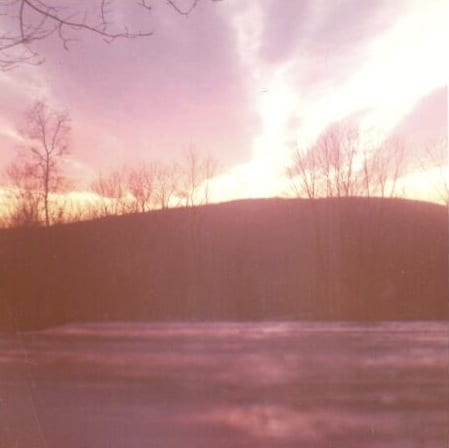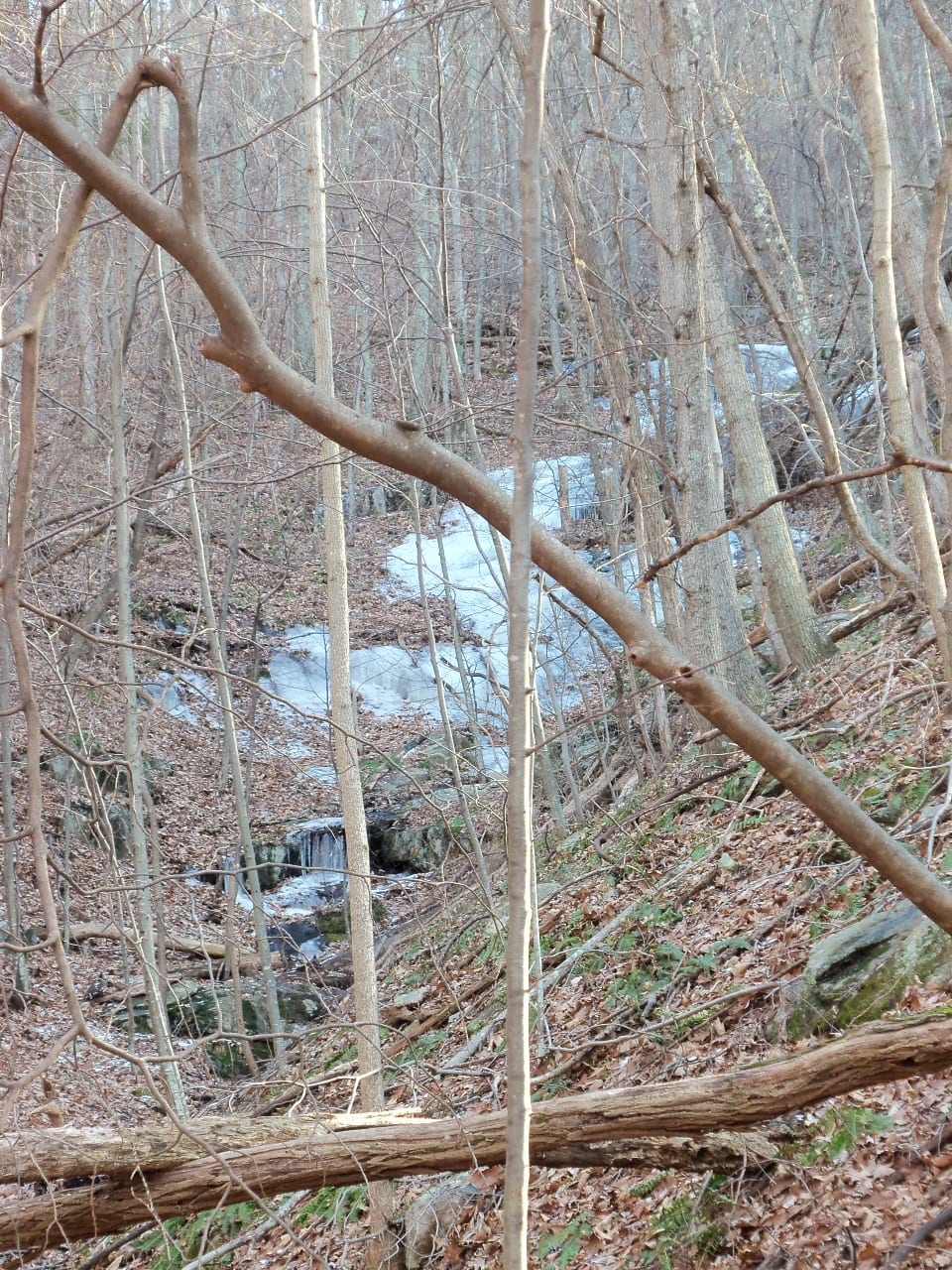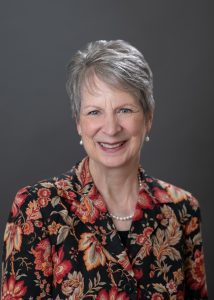“When a man lives in one place for most of his life, he doesn’t need GPS. He is guided by memories…” stated the lead-in to Garrison Keillor’s article “There’s No Place Like Home: A Personal Geography” in the February 2014 issue of National Geographic.
Personal Geographies, whether in one or multiple locations, forge our sense of home. In Keillor’s case, the twin cities of Minneapolis/St. Paul marked his childhood and adolescence, then his writing and radio broadcasting careers. Old friends and family, who shared his life-long geography, now anchor Keillor’s 71-year-old aging self in understanding and forgiveness.
 I grew up in New England and every day feel that imprint of dour endurance from winters long and grey and summers close and sticky during heat waves, and the no-excuse work ethic tempered by delight in slow growing things like trees, history and dry humor. I returned home often to visit my parents but didn’t stay. From early in life, I wanted to know: What’s over the next hill?
I grew up in New England and every day feel that imprint of dour endurance from winters long and grey and summers close and sticky during heat waves, and the no-excuse work ethic tempered by delight in slow growing things like trees, history and dry humor. I returned home often to visit my parents but didn’t stay. From early in life, I wanted to know: What’s over the next hill?
Garrison Keillor lived in New York City for only part of a summer and returned home: “I decided that Minnesota was a better place to be poor.” He could eat at his mother’s house, receive vegetables from her garden and embrace the Midwest of his youth.
I, on the other hand, lived in NYC for a year then moved to the Southwest. In Dallas, I met native Texans – many from the Dallas area – and people from other places, about 50/50 native to non-native.
The most recent issue of Logos, the Alumnae Magazine for Ursuline Academy of Dallas, my employer for 25 of my 27 years in Texas, featured alumnae who call Dallas home. Alberta Blair, class of ’79, has degrees from Texas A&M and is the Director of Public Works for Dallas County. Jennifer Staubach Gates, class of ’84, went to nursing school in San Antonio and after years of community service now holds an elected position on the Dallas City Council. Jennifer Houston Scripps, class of ’95, graduated from the University of Pennsylvania and Harvard and is Vice President of Revenue Operations at the Perot Museum of Nature and Science in Dallas.
In their own ways, each of my former students said, “Dallas is home.” But not for me, and neither was New England or New York City, and after Dallas, neither was Baltimore or Alexandria. I kept wondering: What’s over the next hill?
“When a man has lived in one place for most of his life, he walks around hip-deep in history,” Keillor wrote. “He sees that life is not so brief; it is vast and contains multitudes.”
 I envy such rootedness, familiarity and history. But it seems that just when I feel anchored, I start wondering: What’s over the next hill. And I go looking for slow growing things, like ice flowing down a ravine, and the vast multitude of life.
I envy such rootedness, familiarity and history. But it seems that just when I feel anchored, I start wondering: What’s over the next hill. And I go looking for slow growing things, like ice flowing down a ravine, and the vast multitude of life.
What geography do you call home?



0 Comments